Jim and Karen continue their European motorhome adventures and travel around the Baltics, uncovering parts of Latvia, Lithuania and Estonia en route to Finland.
For the last two weeks or so we have been travelling through some of the Baltic states of Eastern Europe as we make our way to Finland. Travelling through this area in a motorhome provides a different insight to tourists as you get to see people and places off the beaten track so to speak.
For a lot of us, visiting places like Lithuania, Latvia, Estonia is perhaps a little intimidating to consider – not just because they are a little off the traditional tourist track. So what’s it like and what can you expect if you were to choose to visit this area yourself?
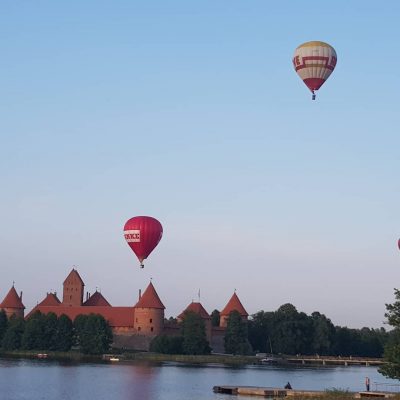
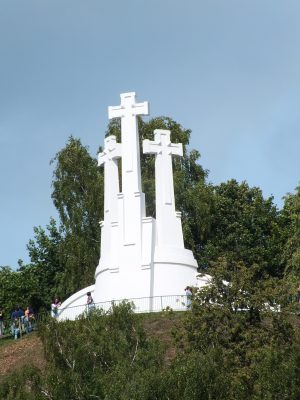
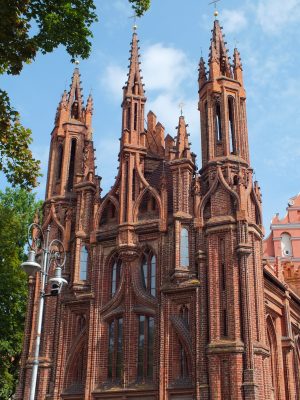
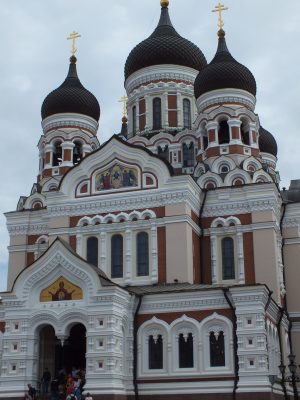
A turbulent history
The best way I can describe this part of the world is to compare it to mainstream Europe that you might already be familiar with. All four of these countries, and I include Poland in as the fourth, have all been part of mainland Europe since the beginning of time. So they by and large have a similar history associated with them, they have been fought over, conquered, and ruled by a variety of other nations and this has shaped each one individually along with its history.
Let me use Estonia as an example. It’s a small country with only 1.3 million people. Estonia’s written history goes back to the 12th century when it was invaded by the Danish Vikings and they ruled the country for a century or so. Then German Lutherans arrived and turfed out the Danes and took over for a century. Finally Sweden got in on the act and ruled for a century or so until the Russians took control in the 18th century and ruled up till the end of WW1. This allowed Estonia a short stint of independence until the Germans arrived in WW2 and then Russia was back to fight and take it over it again and stayed in the country as part of the USSR till their independence in 1992.
This sort of scenario has been played out to a greater or lesser extent in all four of these countries throughout their history, the end result being they have always been the plundered and poorer cousins. The grand palaces and churches are not quite as prominent as they are in Central Europe, but they are around. On top of that, with WW2 playing out right on top of them a lot of the architecture that was there has in some circumstances been almost completely destroyed. Classic examples of this are Warsaw and Vilnius in Lithuania – both cities were very heavily destroyed in the war. With the cessation of WW2 and all four of these countries controlled by the old USSR, their rebuild programs have all essentially been completed by architects from the school of the “square block” design department. Close to 50 years of post war soviet control throughout these countries has left a mark, and I think that all four having gained independence around a similar time are all now struggling with the same issues.
Their younger population is now westernised, and the four countries are also part of the EU and NATO. This has brought advantages and new pressures on the countries and I feel they are struggling to come to terms with the rapidly growing interest from tourists who are now visiting them, and with reestablishing themselves. The history, culture, and the sights are all here in these countries. It’s not quite as polished yet as mainstream Europe, but because it’s so much more affordable a lot of tourists are prepared to overlook that.
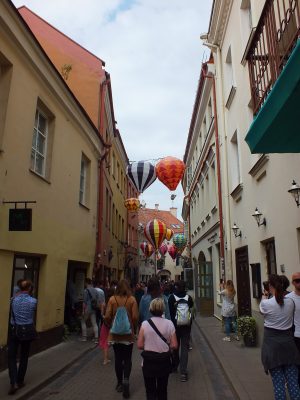
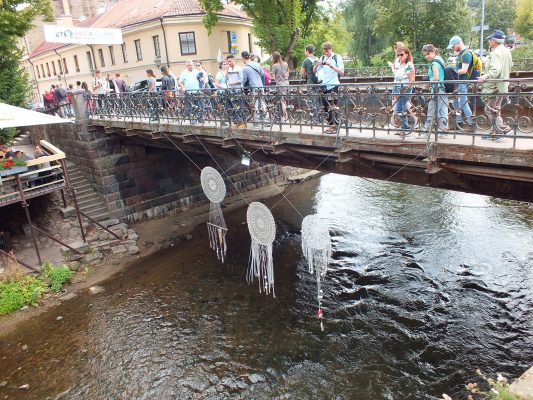
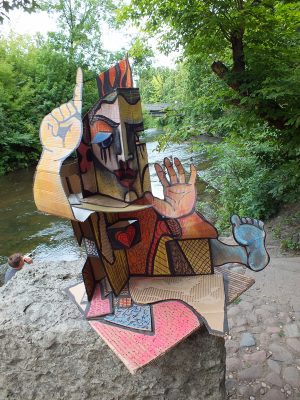
A big part of the issue looks to me to be that the systems and services are really struggling to handle the load. Having said all this in all fairness there are plenty of reports circulating saying the same thing about Rome, Paris, London, Venice etc. It’s all us tourists overloading the systems, and you sure smell that sometimes.
It is the history of these places that really make them interesting. We have taken walking tours around the capitals of all these countries and I found each one fascinating. Especially when you compare European history to ours in NZ. In all cases it is the “old part” of the cities that is the really interesting tourist destination spot. There are certainly museums and other special interest points dotted around larger capitals such as Warsaw, but for me once you get out into the “burbs” the old Soviet housing blocks are not the most aesthetically appealing places to be and hold little interest.
Please don’t think I haven’t enjoyed this part of the world. I have, I am just trying to paint what I think is a realistic picture of what is happening here as these countries come to terms with their newfound fame.
To give you a good example of their growing pains, we stopped in the coastal city of Klaipeda in Lithuania. It’s a stunning place great white sand beaches, a river through the city centre, and bustling with numerous bars, cafes and restaurants. We were eating out this particular night and ended up in what we loosely called our “Fawlty Towers” restaurant. Frustrating but fun.
It was a great-looking restaurant set in a building very reminiscent of Pomery’s in Christchurch. We sat down at an outside table along with a Dutch couple who arrived just after us. The service throughout the evening was chaotic, slow, they forgot food orders and we had to ask again. Then wrong meals were delivered, half of a drink spilt on the floor but they still tried to give it to you as a full measure. By the end of the evening the four of us were laughing at the total lack of service and order in the place, and it wasn’t flat out busy, just very poorly run.
The kicker, however, was when we went into the men’s bathroom. The men’s urinals were located on the outside wall in front of windows overlooking the tables on the patio outside. Whoever is sitting at the outside tables looks straight into whoever is staring out at them while having a pee. It’s a bit off-putting for the people on both sides of the window, but you have to wonder who the heck designed it or did they just not want frosted glass ruining the look of the place? I’ve got to say though it did give me a really good laugh at the end of the evening – I even went back for the photo.
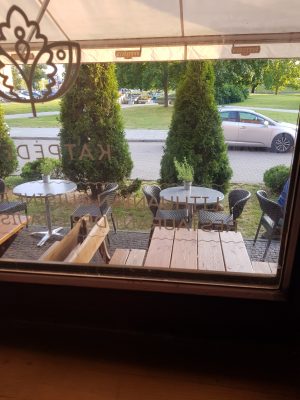
There is no doubt that the Baltic cruise companies are the main source of western tourists. Tallinn had five cruise ships in port each of the days we were there, whereas the other cities away from the coastline are mostly targeted by the local populations who seem to be travelling more as their economies grow.
Food and fire water
Food wise the cities are well geared up for the tourist dollar. Restaurants and cafes along with numerous bars dominated the inner city tourist spots, and they were well patronised when we were there. I can tell you from first-hand experience the local beers are great. Don’t be tempted to stick with the old tried and true Heineken if available. Live a little and sample the local beers. In terms of the local brewed spirits the opposite applies in my opinion. Unless you like moonshine because that’s what it all tastes like, and you will be talking like those American dudes off “moonshiners” if you buy the odd bottle and try it. It is quite literally fire water. We were supplied some by an Italian camper when we were in Riga in Latvia one evening. He had brought a bottle off a street merchant that day, and brought some over to us at our campsite to try. Also sitting round chatting with us at the time were a couple from Finland and a couple from Sweden. Both countries are reasonable vodka lovers, but one sip of the Latvia firewater was enough for both those boys. I suspect our Italian friend chucked the rest of the bottle out the next day – he was certainly late getting out of bed the next morning.
What’s it like to travel around the Baltics in a motorhome?
You can easily travel round this region in a camper van and it is a great option to consider. The proper camp sites are okay but basic, they have all you need just aren’t very salubrious in a number of cases. However we freedom camped probably every second night on average. It’s accepted practise outside of the large cities. Having said that in all fairness you want a proper campsite when staying in a large city where you can. There are apps available that identify the various parking, camping and overnighting spots for motorhomes, so it’s all relatively easy to sort out. You just have to be careful, use your nose, and preferably have another motorhome nearby, plus this gives you a chance to chat to people and find out what’s worth doing and seeing.
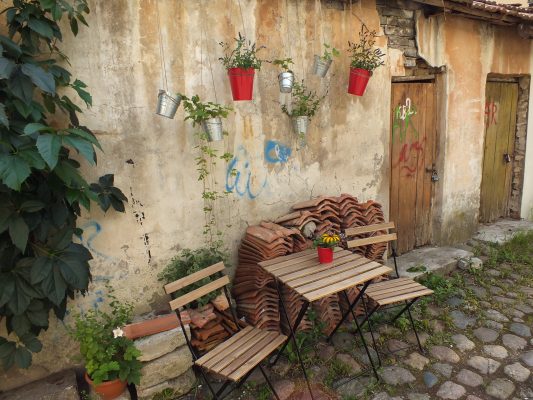
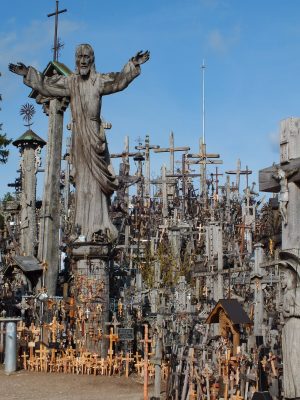
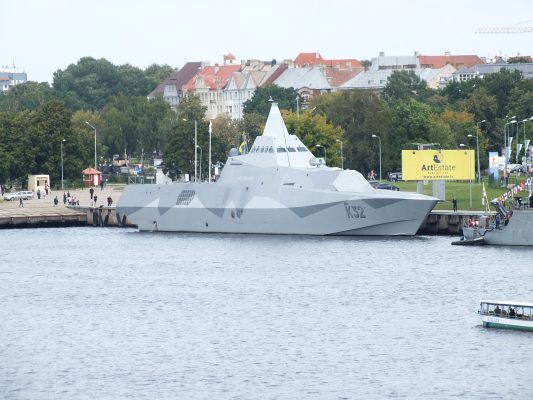
In a nutshell, don’t be put off by this region. If you want something a little more edgy then look at a holiday in these areas. The people are great and are really blown away when they find out you are from New Zealand. Interestingly I have felt on this trip a lot like I remember feeling 40 years ago when we were in some parts of Portugal, and areas of Greece and Italy. The polish isn’t there yet, but you still really enjoyed the visit and it just has a bit more bite to the travel.
Today we sailed by ferry from Tallinn into Helsinki. I think it is the contrast that has really guided what I have written here today. Helsinki is neat, tidy, clean, smells fresh, looks beautiful – everything you expect from an up to date modern western city.
I will probably be bored with that in a day or two…


Love the photo from the bathroom – a good laugh and a fabulous way to start the week to read such an interesting blog! Well done Jim.